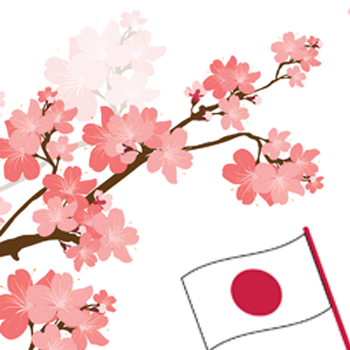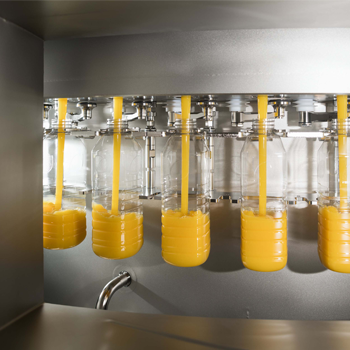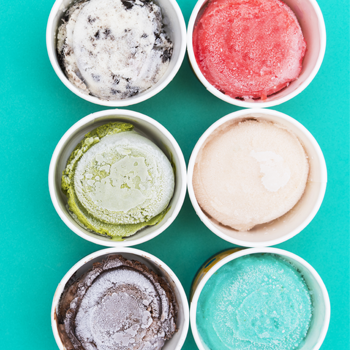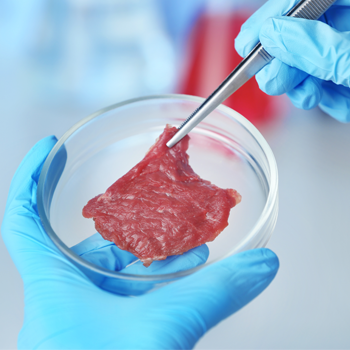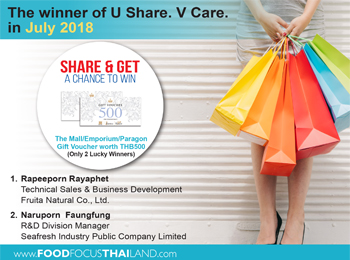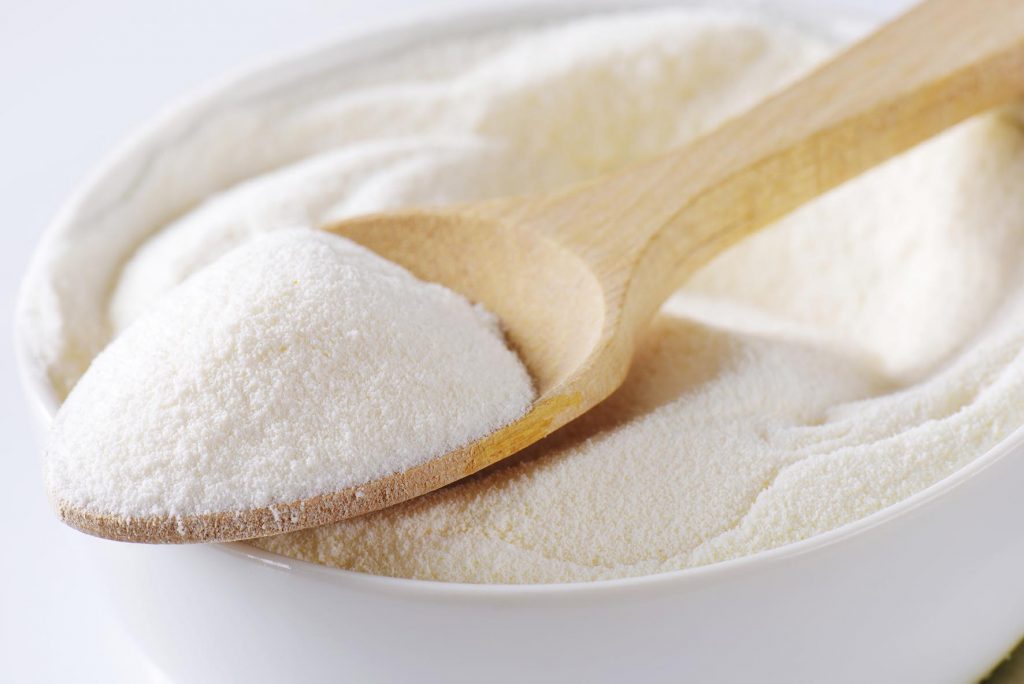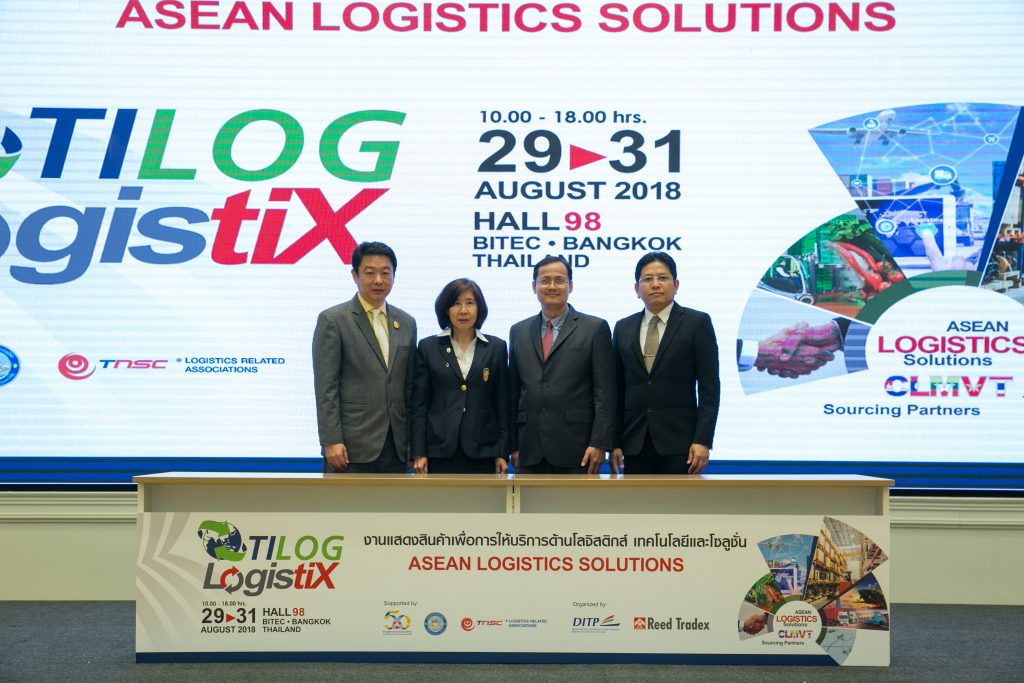ตลาดอาหารเพื่อสุขภาพญี่ปุ่น…กับโอกาสของผู้ประกอบการไทย
By: National Food Institute, Ministry of Industry
ญี่ปุ่นเป็นประเทศที่เข้าสู่สังคมผู้สูงอายุอย่างสมบูรณ์ และมีสังคมการทำงานที่มีความเครียดสูง ส่งผลให้ประชากรชาวญี่ปุ่นจำนวนมากประสบปัญหาด้านสุขภาพ ทั้งโรคอ้วน โรคความดันโลหิตสูง โรคคอเลสเตอรอลสูง โรคระบบไหลเวียนโลหิตผิดปกติ และโรคความจำเสื่อม ดังนั้น ชาวญี่ปุ่นทั้งผู้สูงอายและผู้ที่อยู่ในวัยทำงานต่างหันมาใส่ใจในสุขภาพและความเป็นอยู่ที่ดีของตนเองและคนในครอบครัวมากขึ้น นอกจากนี้ ผู้บริโภคชาวญี่ปุ่นยุคใหม่ยังมีความรู้ในการเลือกซื้อสินค้าที่มีประโยชน์ต่อสุขภาพมากขึ้น และพร้อมที่จะจ่ายเงินเพิ่มในการซื้อสินค้าดังกล่าว จึงเป็นโอกาสที่ดีสำหรับผู้ประกอบการไทยที่จะขยายโอกาสทางการค้าและส่งออกผลิตภัณฑ์อาหารเพื่อสุขภาพของไทยไปสู่ตลาดญี่ปุ่น
สถานการณ์ตลาดอาหารเพื่อสุขภาพญี่ปุ่น
ตลาดอาหารเพื่อสุขภาพในญี่ปุ่นมีทิศทางการเติบโตมาอย่างต่อเนื่อง โดยในปี 2560 พบว่า มีมูลค่าการจำหน่ายภายในประเทศรวม 5,450.2 พันล้านเยน หรือมีอัตราการขยายตัวเฉลี่ยร้อยละ 1.2 ต่อปี ตลอดช่วงที่วิเคราะห์ (ปี 2556-2560) ส่วนหนึ่งเป็นเพราะชาวญี่ปุ่นมีความต้องการยกระดับสภาพการใช้ชีวิตและการรับประทานอาหารที่ดีต่อสุขภาพมากขึ้น ซึ่งจะเห็นได้ว่าอาหารเพื่อสุขภาพทุกประเภทผลิตภัณฑ์ในตลาดญี่ปุ่นมีความต้องการบริโภคเพิ่มขึ้นทุกปี ยกเว้นเครื่องดื่มประเภท Better for You ที่มีการลดปริมาณสารที่อาจส่งผลเสียต่อสุขภาพร่างกาย เช่น น้ำตาล คาเฟอีน เป็นต้น ซึ่งพบว่าเริ่มเป็นที่ต้องการของตลาดญี่ปุ่นลดลง โดยสินค้าอาหารประเภท Free From ที่มีการสกัดสารก่อให้เกิดอาการแพ้ เช่น กลูเตน แลคโตส ออกไป ซึ่งแม้จะมีมูลค่าตลาดไม่มากนัก เมื่อเทียบกับผลิตภัณฑ์ประเภทอื่น แต่กลับได้รับความนิยมและเป็นที่ต้องการอย่างมากในช่วงที่ผ่านมา มีอัตราการขยายตัวเฉลี่ยสูงถึงร้อยละ 6.6 ต่อปี ตลอดช่วงที่วิเคราะห์
Japan has fully entered the ageing society and is notoriously known as a country with stressful work environment, which resulted in many Japanese suffering from health issues ranging from obesity, hypertension, high cholesterol, circulatory system disease, and memory disorders. Thus, many Japanese, including the elderlies and working generation, are becoming more concerned about the health and well-being of themselves and their families. Not only that, the younger generation are also equipped with better knowledge in choosing for healthy products and are willing to pay more for them. This is a great opportunity for Thai enterprises to expand its trade opportunities and export Thai healthy products to the Japanese market.
Climate of Healthy Food Market in Japan
Healthy food market in Japan is expanding continuously. In 2017, domestic sales reached 5,450.2 billion yen, expanding averagely at 1.2% year-on-year between 2013-2017. This is partly because Japan’s population feel the need to improve living conditions and consume more healthy food products, as seen from the gradually increasing demands for the food every year. However, the trend doesn’t cover “better-for-you” beverages that contain harmful ingredients such as sugar and caffeine, which witnessed decreasing demands. Free-from foods – which discard allergens such as gluten and lactose – may not see significant market share comparing to other products, but it has witnessed a great expansion recently at a rate of 6.6% per year during the period of analysis.
